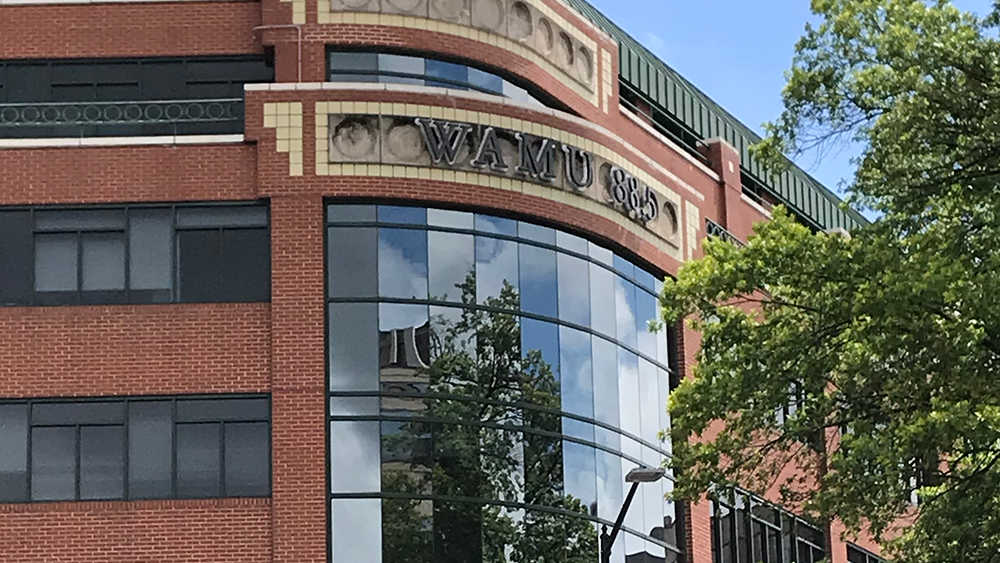Editor says merger in St. Louis has boosted web traffic, strengthened reporting
The organization resulting from the merger of the St. Louis Beacon and St. Louis Public Radio is already realizing benefits from the union, six months after it took effect.
That’s according to the editor of the combined news organization, who gave a progress report on the collaboration June 20 at the annual Public Radio News Directors Inc. conference in Arlington, Va. “It’s not easy, day-to-day, but it’s paid off,” said Margaret Freivogel, who also founded the Beacon. The new newsroom operates under the banner of St. Louis Public Radio.
Freivogel told attendees that public radio stations are in an ideal situation to pursue collaborations and bring the strengths of their multimedia coverage to new audiences. “In my mind, there’s a great need to reinvigorate, reimagine, rejuvenate — particularly local and regional news coverage,” Freivogel said. “I think it’s almost the hardest challenge in the digital age. But I believe that public radio in particular can be the kind of backbone that lets that renaissance happen.”
St. Louis Public Radio and the St. Louis Beacon merged in December 2013, adding the Beacon’s 18 full-time staffers to St. Louis Public Radio’s 36 full- and 11 part-time workers.
Before moving forward with the merger, the organizations studied St. Louis’s news media landscape. “Reporting of sports and crime is doing great,” Freivogel said. “But the kind of deep, sustained attention to community issues is certainly not happening. That’s both a need and an opportunity.”
Freivogel said the Beacon and St. Louis Public Radio concluded individually that a merger would best serve to produce the needed coverage. It was a mutual decision that both parties agreed was in their continuing best interest, she said.
“We did it because it made sense for the community we’re trying to serve,” Freivogel said. “Both organizations, separately, thought we could do a better job together — that one plus one could be equal to more than two.”
Acclimating the staff to the new structure and building a sense of a shared mission has been a key challenge so far, Freivogel said. “We’re trying to get people to think of themselves as a news organization,” she said, “not as a radio station that added a bunch of reporters.”
The benefits have far outweighed the initial challenges, Freivogel said, with peak traffic to the organization’s website double what the individual sites experienced previously.
Prior to the merger, St. Louis Public Radio and Beacon staff worked mainly as general assignment reporters. To avoid overlap in the combined newsroom, five beats were structured: arts and culture; education; health, science and environment; politics and issues; and economy and innovation.
Moving to structured beats was a challenge, Freivogel said, and Beacon reporters also had to work at learning radio. But forcing reporters to try new things, even if it meant failing at first, was vital to building a strong news organization, she said.
“If people get really comfortable in what they’re doing, they’re probably not succeeding,” she said. “But asking people to change is difficult.”
To gauge the effectiveness of beat coverage, St. Louis Public Radio conducted a content study of post-merger coverage. The results were positive, Freivogel said.
“Before, there was a lot of overlap in subject matter,” she said. “We’re doing the same number of stories, but now there’s less overlap, more enterprise stories, deeper sourcing and special projects we couldn’t have done separately.”
The merged organization aims to be self-sustaining by 2018. To cover transition costs, it raised $3 million in the first six months. “That’s sort of a guarantee that for a five-year period, we’re not going to have a budget crisis,” Freivogel said.
Freivogel also urged the news directors in attendance to think seriously about collaboration. As newsrooms face tight budgets and compete for the same stories, collaborating is an effective and less costly way to deepen reporting. “It’s really the only way we’re going to be able to step up as journalists and do the work the public expects of us,” she said.






